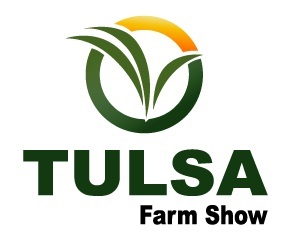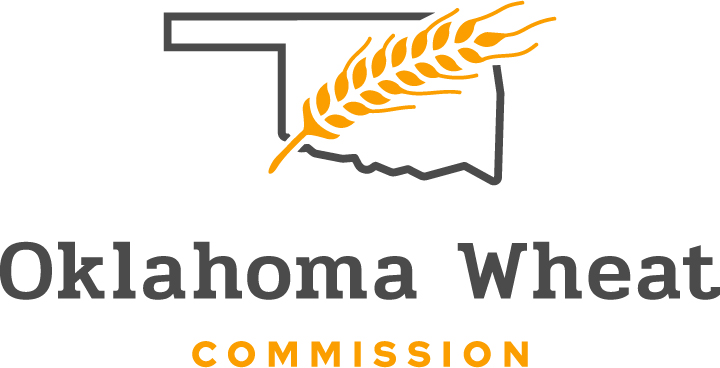
Agricultural News
Cimarron and Texas Counties Receive Funding from Continued NRCS Investment in Ogallala Aquifer
Tue, 22 Nov 2016 15:48:38 CST
 The USDA's Natural Resources Conservation Service (NRCS) is investing about $8.1 million in the Ogallala Aquifer Initiative (OAI) in 2017 to help farmers and ranchers conserve billions of gallons of water annually while strengthening agricultural operations. The eight-state Ogallala Aquifer has suffered in recent years from increased periods of drought and declining water resources, and experienced a long term decline in groundwater levels, especially in southern parts of the aquifer.
The USDA's Natural Resources Conservation Service (NRCS) is investing about $8.1 million in the Ogallala Aquifer Initiative (OAI) in 2017 to help farmers and ranchers conserve billions of gallons of water annually while strengthening agricultural operations. The eight-state Ogallala Aquifer has suffered in recent years from increased periods of drought and declining water resources, and experienced a long term decline in groundwater levels, especially in southern parts of the aquifer.
NRCS supports targeted, local efforts to conserve the quality and quantity of water through the OAI. These projects use Environmental Quality Incentives Program (EQIP) funding for practices including building soil health by using cover crops and no-till-which allow the soil to hold water longer and buffer roots from higher temperatures; improving the efficiency of irrigation systems; and implementing prescribed grazing to relieve pressure on stressed vegetation.
"In 2016, over $1.5 million in Ogallala Aquifer Initiative funds were allocated to projects in Cimarron and Texas Counties," said Gary O'Neill, NRCS State Conservationist for Oklahoma. "The Initiative helps landowners build resilience in their farms and ranches and better manage water use in this thirsty region."
NRCS offers conservation planning assistance to farmers and ranchers throughout the Ogallala to help them develop and implement conservation plans, practices and activities to reduce water use and manage water more efficiently while maintaining profitable operations. NRCS also offers financial assistance through several Farm Bill conservation programs to help farmers and ranchers implement new conservation practices and activities.
The Ogallala Aquifer is the largest aquifer in the U.S. and includes nearly all of Nebraska and large sections of Colorado, Kansas, New Mexico, Oklahoma, South Dakota, Texas and Wyoming. It is the primary water source for the High Plains region. Covering nearly 174,000 square miles, it supports the production of nearly one-fifth of the wheat, corn, cotton, and cattle produced in the U.S. and supplies 30 percent of all water used for irrigation in the U.S. Water levels in many places in the region are dropping at an unsustainable rate, making targeted conservation even more important. From 2011 to 2013, the aquifer's overall water level dropped by 36 million acre-feet, according to the U.S. Geological Survey.
NRCS analysis of EQIP conservation projects in the region, including those implemented through OAI, estimated reduced water withdrawals of at least 1.5 million acre-feet, or 489 billion gallons of water, from 2009 through 2013 and an energy savings equivalent of almost 33 million gallons of diesel fuel due to reduced irrigation.
With the growing demand for water and drought conditions plaguing the West, NRCS is working with farmers and ranchers to help them implement proven conservation solutions on targeted landscapes to improve the quality of water and soil, increase water supplies, increase the infiltration of water into the ground, and make lands more resilient to drought.
This investment in the Ogallala region expands on USDA's substantial efforts to help producers address water scarcity and water quality issues on agricultural lands. Between 2012 and 2014, across the United States, NRCS invested more than $1.5 billion in financial and technical assistance to help producers implement conservation practices that improve water use efficiency and build long-term health of working crop, pasture, and range lands. For more on technical and financial assistance available through conservation programs, click here or visit a local USDA service center.
Source - USDA/NRCS
WebReadyTM Powered by WireReady® NSI
Top Agricultural News
More Headlines...





